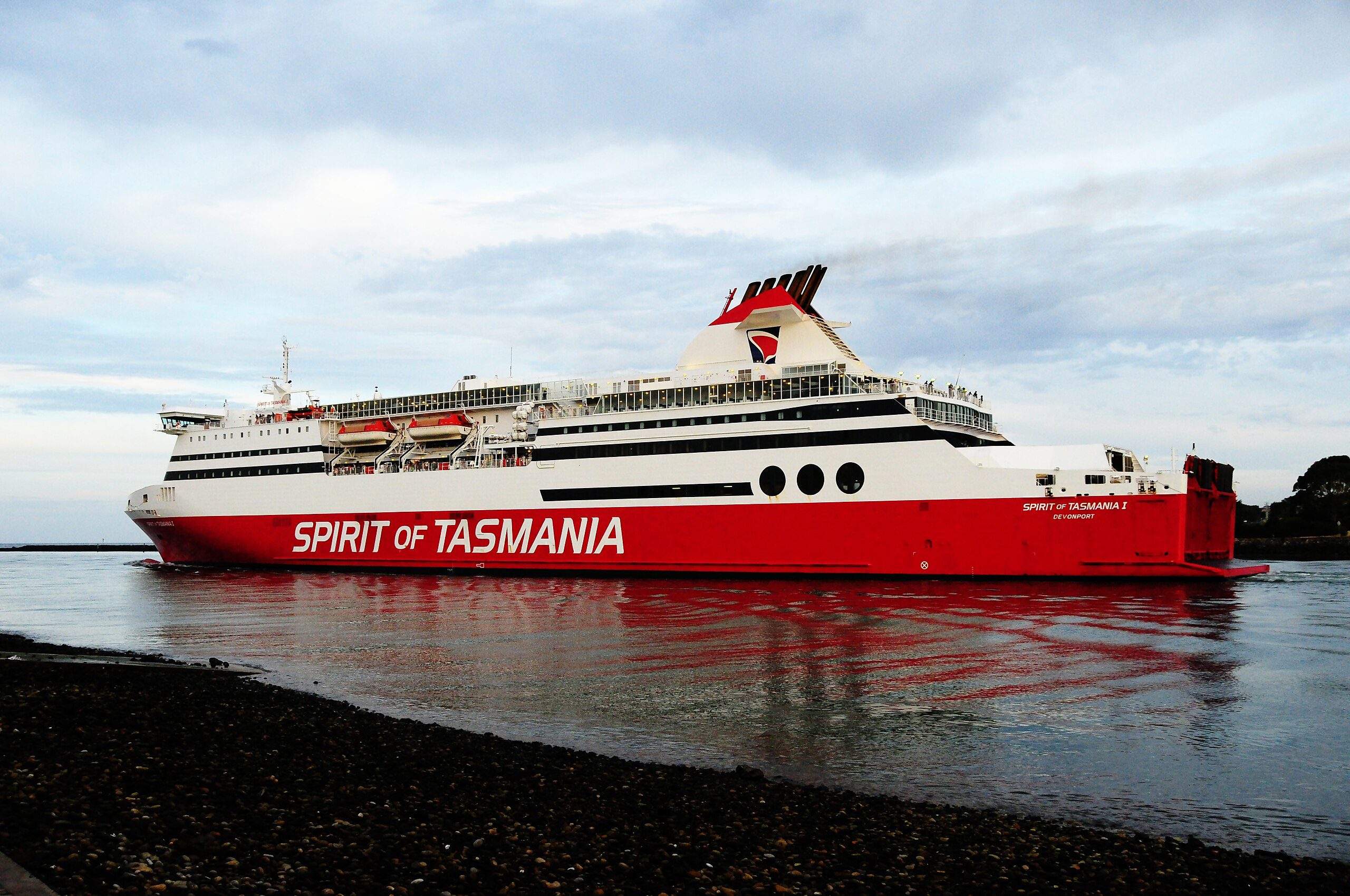The National Transportation Safety Board (NTSB) revealed today that the Francis Scott Key Bridge, which collapsed following a vessel strike last year, had a risk level nearly 30 times above the acceptable threshold for critical bridges.
In a significant development, the agency has identified 68 bridges across 19 states that require immediate vulnerability assessments, including the Golden Gate Bridge, Chesapeake Bay Bridge, Verrazano Narrows Bridge, and Greater New Orleans Bridge, among others. The NTSB said these bridges, all designed before current safety guidelines were established, lack current vulnerability assessments for vessel collision risks.
“Today’s report does not suggest that the 68 bridges are certain to collapse,” the NTSB emphasized, recommending that 30 bridge owners evaluate their structures against American Association of State Highway and Transportation Officials’ (AASHTO) acceptable risk levels.
The investigation stems from the March 26, 2024 incident when the Singapore-flagged containership Dali struck the Francis Scott Key Bridge in Baltimore Harbor. The vessel, experiencing a complete loss of electrical power and propulsion, collided with the bridge’s southern pier, leading to a catastrophic collapse that claimed six lives and injured two others.
According to NTSB Chair Jennifer Homendy, the Maryland Transportation Authority (MTDA) failed to conduct a recommended vulnerability assessment, developed in response to the 1980 Sunshine Skyway Bridge disaster in Tampa, Florida, which would have revealed concerning findings about the Key Bridge’s condition.
“Had they ran the calculation on the Francis Scott Key Bridge, the MDTA would’ve been aware that the bridge was almost 30 times greater than the risk threshold AASHTO sets for critical essential Bridges. 30 times greater,” she emphasized.
“What’s frustrating is not only did MDTA fail to conduct the vulnerability assessment on the Key Bridge, they did not provide, nor were they able to provide, the NTSB with the data needed to conduct the assessment, including the characteristics of vessel traffic passing under the bridge, vessel transit speeds, vessel loading characteristics, waterway and navigable channel geometry, water depth, environmental conditions, bridge geometry, pier protection systems, and ultimate lateral capacity of the bridge piers. We asked them for that data, they didn’t have it,” she said.
In total, the NTSB has issued four urgent safety recommendations to select bridge owners, the Federal Highway Administration (FHWA), the US Coast Guard, and the US Army Corps of Engineers to safeguard bridges from vessel strikes, part of an interim accident report released today.
Dali Investigation
Recent findings from the NTSB have uncovered critical details about the Dali’s power failure. Preliminary investigations revealed that electrical breakers HR1 and LR1 unexpectedly tripped when the vessel was approximately three ship lengths from the bridge, resulting in a total blackout. NTSB investigators discovered an interruption in the control circuit for HR1’s undervoltage release system.
The investigation has also brought to light that the Dali experienced two separate power blackouts the day before the incident. The first occurred when a crew member accidentally blocked the generator’s exhaust gas stack, while the second was attributed to insufficient fuel pressure.
The NTSB’s recommendations extend beyond individual bridge assessments. The agency is calling for an interdisciplinary team comprising the Federal Highway Administration, U.S. Coast Guard, and U.S. Army Corps of Engineers to provide guidance on risk evaluation and reduction strategies.
This incident has highlighted a crucial gap in infrastructure safety assessment. Since 1994, the Federal Highway Administration has required new bridges to be designed with consideration for vessel collision risks. However, the Key Bridge, constructed before these requirements, fell outside these modern safety standards.
The Maryland Transportation Authority could have potentially prevented this tragedy had they conducted a vulnerability assessment based on recent vessel traffic patterns, according to the NTSB’s findings so far.
The NTSB’s investigation into the accident is continuing. The NTSB interim report can be found here.

 Join The Club
Join The Club










